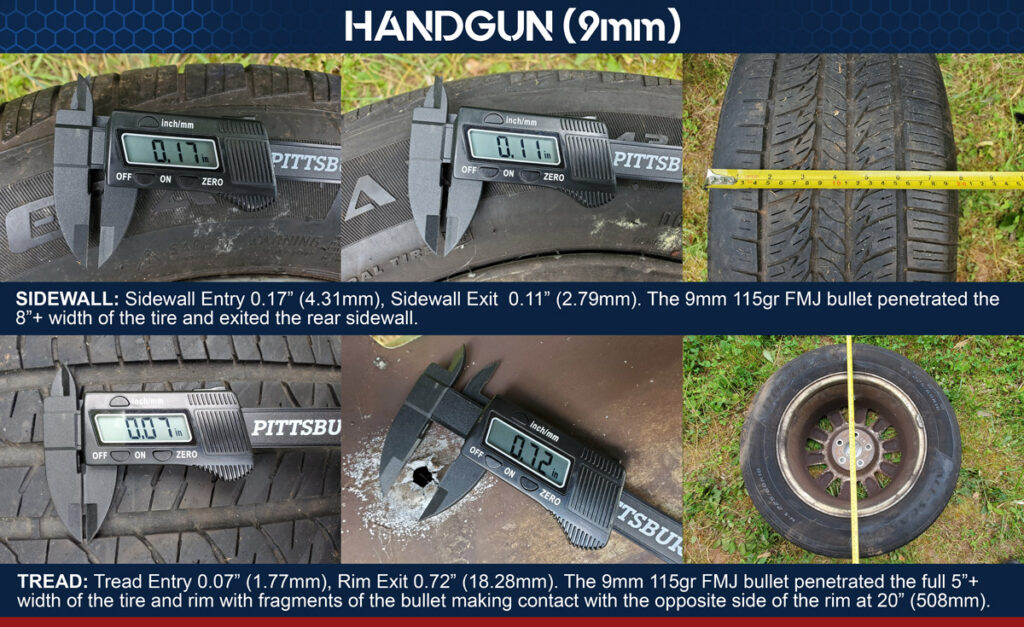High-speed chases are a tense and dangerous reality for law enforcement officers. When pursuing fleeing suspects, police often face difficult decisions about how to safely apprehend the individual without causing harm. One common question that arises is why police don’t shoot tires during these pursuits. While it might seem like a logical tactic to disable a vehicle, there are several significant risks and legal considerations that make tire shooting a highly controversial and rarely employed strategy. This article will delve into the reasons behind this practice, exploring the potential dangers, legal ramifications, and alternative approaches used by law enforcement agencies.
This article will examine the various risks associated with why don’t police shoot tires, focusing on the potential for uncontrollable vehicle skids, the danger to officers and innocent bystanders, and the legal concerns surrounding excessive force. We will also discuss alternative strategies employed by law enforcement to safely apprehend fleeing suspects.
Risks of Tire Shooting During Pursuits

Shooting at a moving vehicle is inherently dangerous, and targeting tires presents unique risks that can escalate a situation rapidly. The unpredictable nature of tire deflation and the potential for ricochet make this tactic highly volatile.
Uncontrollable Vehicle Skids
When a tire is shot, it can cause sudden and unpredictable deflation, leading to a loss of control for the driver. Depending on the speed and road conditions, this can result in a dangerous skid, potentially causing the vehicle to spin out, collide with other vehicles or objects, or even overturn. The severity of the skid depends on various factors, including the number of tires shot, the type of vehicle, and the road surface.
Danger to Officers and Bystanders
Shooting at a moving vehicle poses a significant risk to both pursuing officers and innocent bystanders. A bullet fired at a tire can ricochet off the pavement or other surfaces, potentially striking unintended targets. Additionally, if the driver loses control due to tire deflation, they could veer into oncoming traffic or collide with pedestrians, creating a chaotic and dangerous scene.
Legal Ramifications of Tire Shooting

Law enforcement agencies are bound by strict legal guidelines regarding the use of force during pursuits. Shooting at tires is often viewed as an excessive use of force, especially when there are less risky alternatives available.
Excessive Force Concerns
The legal standard for “excessive force” varies depending on jurisdiction and specific circumstances. However, courts generally consider factors such as the severity of the crime, the threat posed by the suspect, and the availability of alternative options. Shooting at tires during a pursuit is often deemed disproportionate to the perceived threat, particularly if the suspect poses no immediate danger to life or safety.
Conclusion
While why don’t cops shoot tires might seem like a straightforward question, the answer lies in a complex web of risks and legal considerations. The potential for uncontrollable vehicle skids, the danger to officers and bystanders, and the legal ramifications of excessive force all contribute to the reluctance of police to employ this tactic during pursuits. Law enforcement agencies are increasingly focusing on alternative strategies, such as utilizing spike strips or employing trained negotiators, to safely apprehend fleeing suspects while minimizing the risk of harm.



